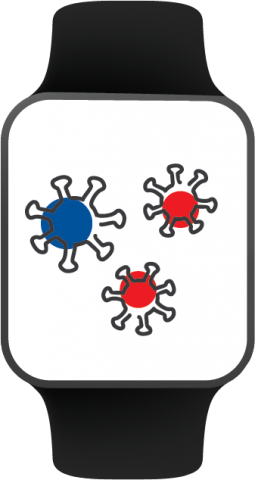A new model is developed for joint analysis of ordered, categorical, real and count data. In the motivating application, the ordered and categorical data are answers to questionnaires, the (word) count data correspond to the text questions from the questionnaires, and the real data correspond to fMRI responses for each subject. We also combine the analysis of these data with single-nucleotide polymorphism (SNP) data from each individual.
The questionnaires considered here correspond to standard psychological surveys, and the study is motivated by psychology and neuroscience. The proposed Bayesian model infers sparse graphical models (networks) jointly across people, questions, fMRI stimuli and brain activity, integrated within a new matrix factorization based on latent binary features. We demonstrate how the learned model may take fMRI and SNP data from a subject as inputs, and predict (impute)how the individual would answer a psychological questionnaire; going in the other direction, we also use an individual’s SNP data and answers from questionnaires to impute unobserved fMRI data. Each of these two imputation settings has practical and theoretical applications for understanding human behavior and mental health, which are discussed.
Contact
ECE Department
esther.salazar@duke.edu



